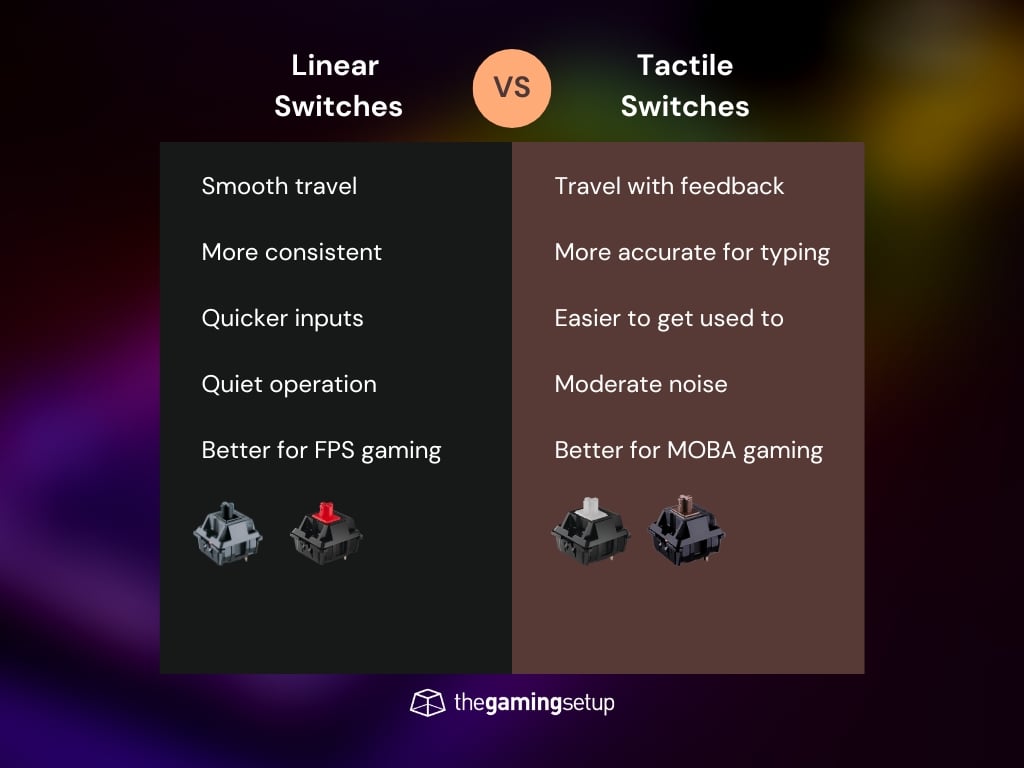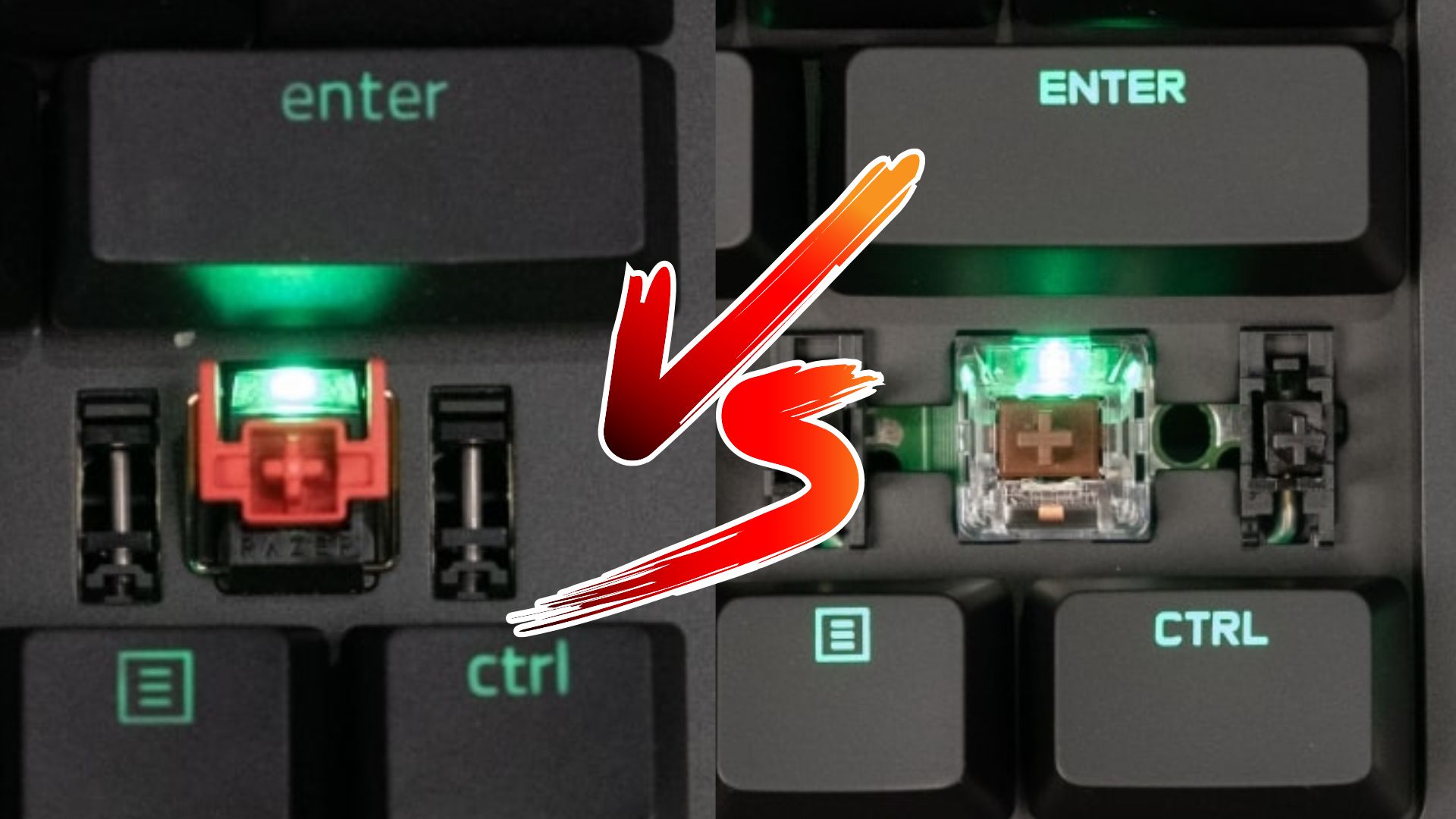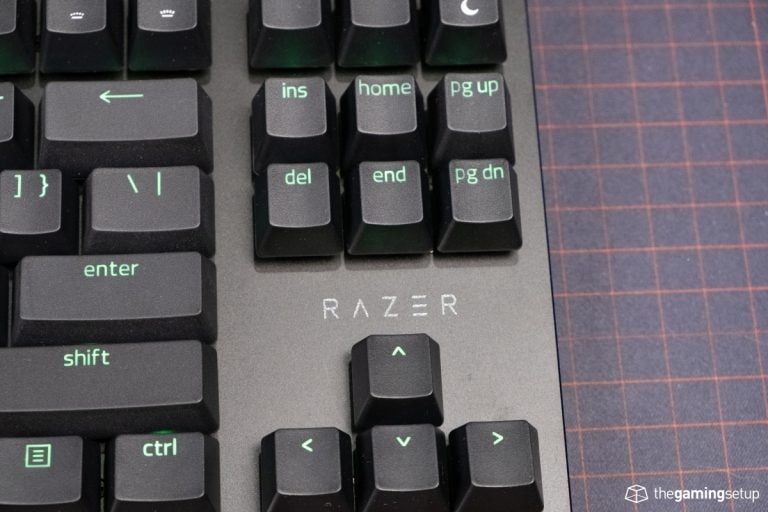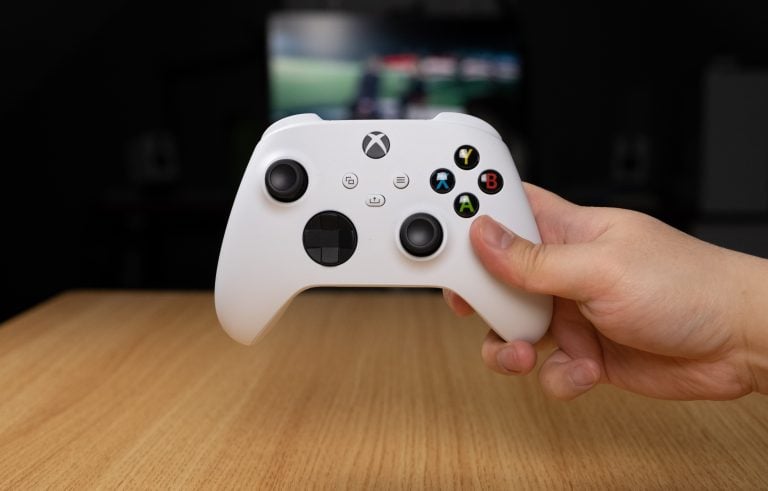One of the most important decisions you’ll have to make is choosing between linear and tactile switches.
Quick comparison: What is the difference between linear and tactile?

Which one is better?
For any game that doesn’t have cooldowns and hotkeys you’re probably going to want linear switches, this would mainly include FPS games. For games with cooldowns you might want to consider tactiles so you don’t accidentally actuate with a lighter linear switch. If you type a lot a tactile will likely be better for you. All that said, either one is good, you can go with a heavier linear or a lighter tactile to offset some advantages and disadvantages.
Why use Linear Switches?
Linear switches feel the most consistent to use. While gaming, linears are often seen as the best choice since your inputs will always have a smooth and lighter feeling. The most common linear switch out there is probably the Cherry MX Red.
Linear switch pros
- Smooth keystrokes
- Less noise
- Quicker inputs
- Best for gaming
Recommended linear switches
- Gateron Milky Yellow Pro
- Zaku Linears
- Gateron CJs
- C3Equalz X TKC Tangerine
- Alpaca V2
- Gateron Ink Black
- NovelKeys Cream
- See our full best linear switch post
Why use Tactile Switches?
For those who love significant feedback when typing and playing games, tactiles will be your winner. The bump adds a type of depth that you won’t get with any other switch. However, some people say this can become distracting with gaming and have a less spammable feeling to them. The most common tactile is probably the Cherry MX Brown.
Tactile switch pros
- Great feedback with bump
- All-rounder switch
Recommended tactile switches
- Boba U4T
- Glorious Panda Switches
- Zealios V2
- Boba U4
- Durock T1
- See our full best tactile switch post
Are linear switches better for gaming?
People often prefer linear switches for gaming given that they are smooth and feel more consistent.
For games where inputs are spammed consistently, linears will be the better option for those types of repetitions.
Linears are considered to have quicker inputs and response times due to the lack of bump but these latencies can be within fractions of milliseconds in comparison to tactiles. In other words, you won’t notice it.
However, there are linears out there made for gaming purposes. Some of the changes they made with these switches include shorter stem lengths, reduced actuation distances, and lower actuation force.
At the end of the day, it comes down to your preferences and which switch you find more comfortable to use.
Are tactile switches better for typing?
Again, this all comes down to preference. But, the bump and feedback from tactile switches give a very satisfying feeling with every keystroke.
What’s great about these is that you’ll know when the switch is actuated from the bump, potentially giving a more accurate typing experience.
The tactile bump can sometimes feel tiring to type on. Too much feedback can almost feel like an obstacle to get through while typing.
Overall, tactiles can be used for multiple purposes, but really does shine during typing.
Are linears lighter than tactile switches?
Since tactile switches have a bump, that means they have more resistance right? Wrong.
Linear and tactile refer to the actuation types of the switch and not their force required to initiate. It all really depends on the model of linear and tactile and what their resistance is.
Two of the most popular switches from each category are Cherry MX Reds (linear) and Cherry MX Browns (tactile).
A Red has an actuation force of 45g while a Brown has a rating of 55g. In this case, the linear is lighter. If we took a Cherry MX Black, these have an actuation of 60g, making it heavier than the Brown.
So no, linears are not lighter than tactiles. It all depends on what kind of switch it is and the type of spring is implemented into each model.
Do linears have shorter travel than tactile switches?
Standard switches usually have a 2mm actuation distance and a 4mm bottom out distance. These distances include many of the linear and tactile switches that are currently on the market.
However, there are exceptions. Both linear and tactile switches have models where actuation and bottom out distances are shortened in attempts to lessen input times.
So to answer this, linears don’t have shorter travel distances, it just depends on the switch model.
Some good examples of both are low profile switches. Cherry has low profile versions of their Red and Brown switches. These types of switches reduce the actuation distance to 1.2mm and total travel distance to 3.2mm.





